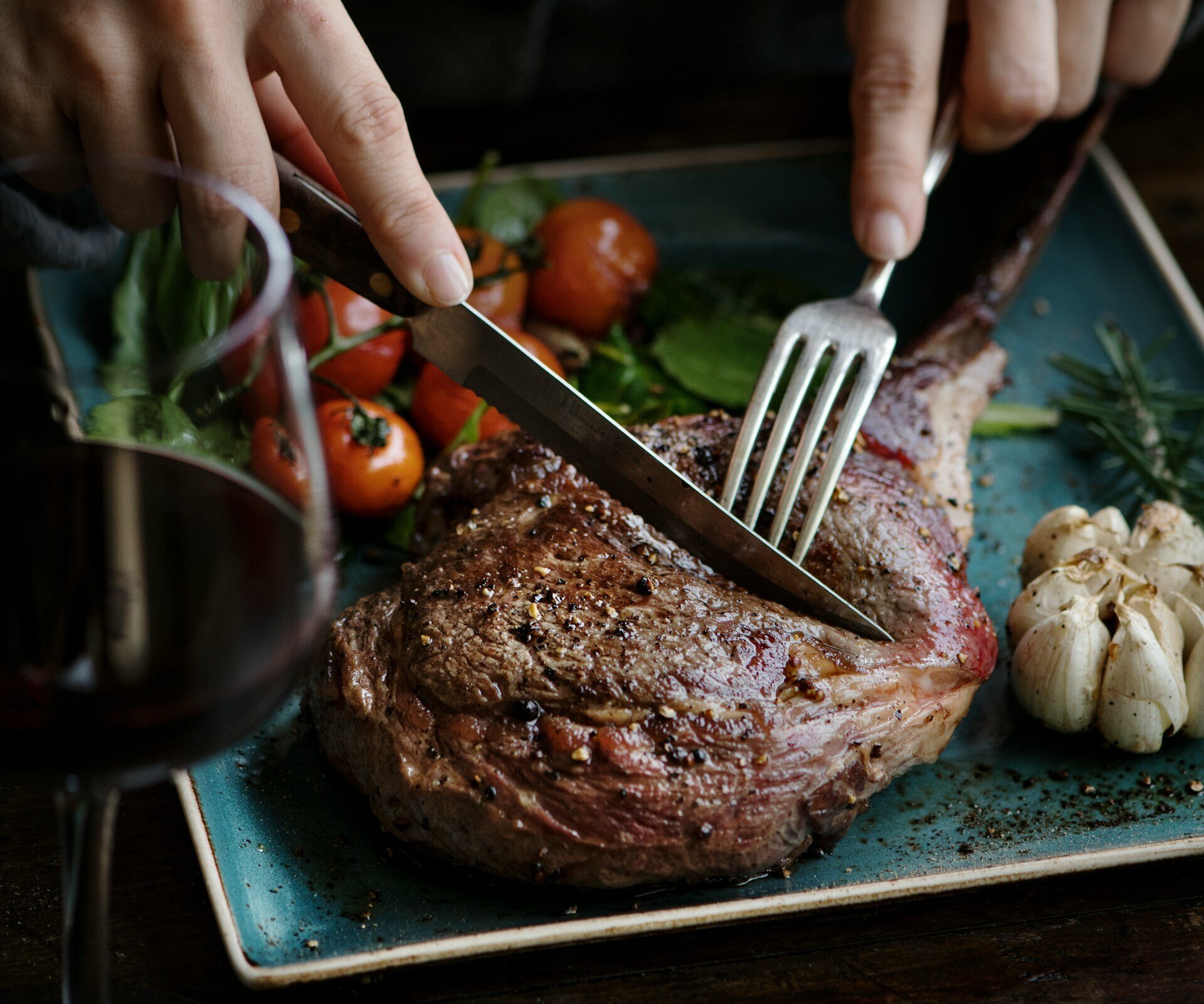Protein Guide: How to Calculate Your Daily Intake

Looking for a simple answer to the question “how much protein do I need per day?” Below is a quick guide with formulas in g/kg of body weight, calculation examples for different goals, and a list of foods to help you meet your target without a calculator.
What Is the “Protein Norm”
The basic recommendation for adults is 0.8 g/kg of body weight per day. However, for active individuals, recovery after workouts, or appetite control, it’s better to aim for higher ranges:
- Health/sedentary lifestyle: 0.8–1.0 g/kg
- Fitness and weight maintenance: 1.2–1.6 g/kg
- Weight loss (calorie deficit): 1.6–2.2 g/kg
- Muscle gain/high activity: 1.6–2.4 g/kg
- 50+ years (sarcopenia prevention): 1.2–1.6 g/kg
Tip: choose the lower end if your activity level is moderate, and the upper end if you’re in a calorie deficit or train intensively.
How to Calculate Your Protein Intake — Formula and Examples
Formula: body weight (kg) × target coefficient (g/kg) = daily protein intake (g)
Example 1 (office job + 2 workouts/week):
70 kg × 1.4 g/kg = 98 g/day
Example 2 (calorie deficit, weight loss):
80 kg × 1.8 g/kg = 144 g/day
Example 3 (muscle gain, 4–5 strength workouts/week):
65 kg × 2.0 g/kg = 130 g/day
How to Evenly Distribute Protein Throughout the Day
Optimal distribution — 3–4 meals containing 20–40 g of protein each:
- Breakfast: 25–30 g
- Lunch: 25–35 g
- Snack/shake: 20–30 g
- Dinner: 25–35 g
This supports muscle protein synthesis, stable energy, and satiety.

Approximate Protein Content in Foods
- Eggs: 2 pcs = ~12 g
- Greek yogurt 200 g: ~18–20 g
- Cottage cheese 200 g (2–5% fat): ~24–28 g
- Tofu 200 g: ~22–26 g
- Cooked lentils 200 g: ~16–18 g
- Cooked beans/chickpeas 200 g: ~14–18 g
- Chicken breast 150 g (for non-vegetarians): ~35–40 g
- Protein shake (1 scoop): ~20–25 g
Lifehack: if you’re not “meeting” your target — add 1 protein snack (yogurt/cottage cheese/shake).
“Quick Day Builder” Example (100–120 g)
- Breakfast: yogurt bowl + chia — 25 g
- Lunch: quinoa + tofu + vegetables — 30 g
- Snack: 200 g cottage cheese with berries — 24 g
- Dinner: 3-egg omelet + hummus toast — 25–35 g
Common Mistakes to Avoid
- “Protein only at night”: better to distribute it evenly.
- Only salads during a deficit: add a protein source to every meal.
- Not drinking enough water: stay hydrated for digestion and metabolism comfort.
- Relying only on shakes: whole food sources + shakes when needed is the best combo.
Quick Cheat Sheet (Save It!)
- Choose your range: 1.2–1.6 g/kg for maintenance, 1.6–2.2 g/kg for weight loss/muscle gain.
- Multiply by your body weight — you’ll get your daily target.
- Split into 3–4 meals of 20–40 g each.
- Add protein to every meal.
- Combine sources, drink water, and track progress.
Conclusion: properly calculated and distributed protein means better satiety, weight control, and faster recovery after workouts. Choose your range, plan your day — and start today.
FAQ
Is 2 g/kg too much?
For healthy, active individuals, it’s a normal upper range for short-term periods. If you have medical conditions — consult your doctor.
Do I need to weigh myself every week?
For accurate calculations, using your current weight once every 2–4 weeks is fine. For significant weight changes, focus on your target weight.
Does “protein quality” matter?
Yes. Combine sources for a complete amino acid profile: legumes + grains, dairy/eggs, or soy-based foods.



